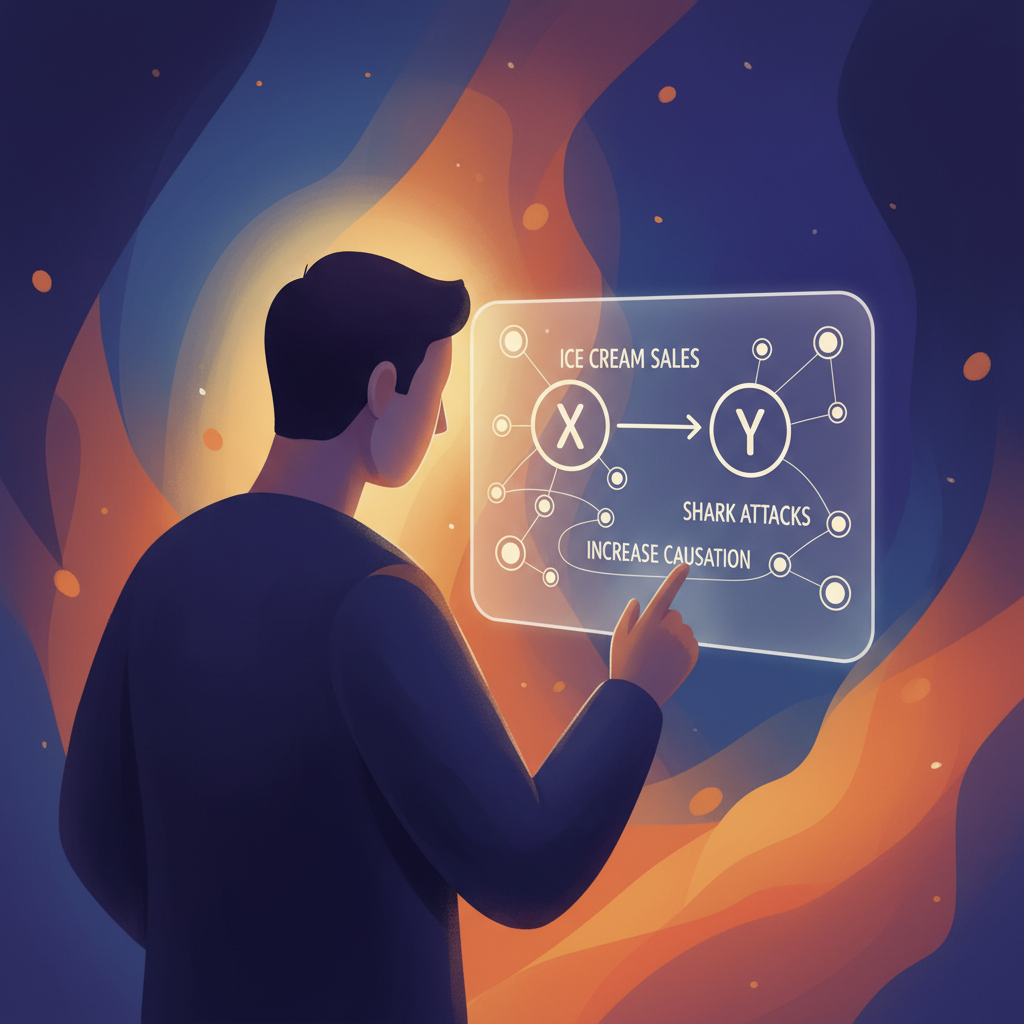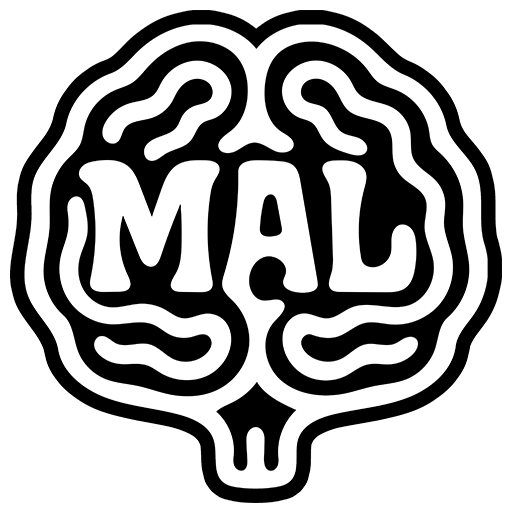The Algorithm of Ruin
self-diagnose to destruction

Anyone know a person who spent most of their life feeling perfectly fine with themselves until a YouTube fueled self diagnosis told them they were broken? If you skim past the obvious jokes, you'll notice something darker: a 53-year-old discovering through an algorithm that his past sexual curiosities might have fried his nerve endings, and suddenly nothing about his self-image is the same. This is what viral content does to us. It doesn't just change what we know; it retroactively edits who we think we've been.
It starts like every other interest driven feed. An algorithm, probably tuned to his viewing patterns, served him content designed to maximize engagement. High-arousal emotions drive shares and views; that’s why your feed is full of clips claiming people are having the best sex of their lives, or warnings about sex that could literally kill you. The platforms don’t care which extreme grabs your attention; they just want you to stop scrolling long enough for the ad tracker to fire.

But this is where it gets surgical: the video works because it offers a causal story that feels scientific enough to be true. It claims that adolescent masturbation habits, over time, equal nerve damage; a simple equation. Never mind that urologists say this basically never happens. Never mind that sensitivity varies wildly between bodies for a thousand different reasons. The narrative is neat, and neat narratives spread like viruses through anxious minds.
Here's how this lands: what happened to this guy could happen to all of us, just with different content. You watch a video about ADHD symptoms and suddenly your whole childhood seems to fit through this new diagnostic lens. You notice someone's morning routine and realize you've been failing at productivity your entire adult life. A relationship coach explains attachment styles, and suddenly every breakup feels inevitable, as if it were predetermined by your mother's inconsistent affection when you were three.
Here's the thing: the attention economy has learned that telling you you're broken is incredibly profitable. Not obviously broken; that would be crude. Subtly broken, fixably broken, the kind that keeps you scrolling. Broken in a way that requires constant content to understand and address. The perfect mark isn't someone who thinks they're fine or someone who knows they're struggling. It's the person who just started to wonder if they might have been wrong about themselves all along.

What makes these discovery moments so powerful? They bend time; past, present, and future twist to align with this new information. The teen in the video, a kind of prototype for later struggles, becomes patient zero for adult dysfunction. Every sexual encounter is retroactively examined. Was I feeling less than I should have? Did partners notice? The video doesn't just change what you know; it changes what you remember knowing.
Part of why content goes viral in communities is simple: someone realizes they might be broken in a particular way, shares it because confessing feels like connecting, and suddenly people start examining themselves for the same damage. The algorithm notices the engagement, serves similar content to similar users, and before you know it you’ve got a whole cohort convinced they’re dealing with the same undiagnosed problem.
The really insidious part is this: sometimes the video is right. Sometimes you truly do have undiagnosed ADHD or relationship patterns worth taking a closer look at. The attention economy doesn't care about accuracy; it cares about activation. Truth and lies can spark the same level of engagement if they're wrapped in enough emotional resonance.

Our letter writer wonders whether there are remedies for nerves that might be damaged. The urologist says there’s no real damage, just aging and natural variation. But that answer won’t go viral. No one shares content that says you’re probably fine, and that bodies are just different. The algorithm rewards revelations, not reassurance.
So what does it mean to be ruined by something you find online? It means stepping into a new relationship with your own history, shaped by someone else’s moment of dysfunction or ecstasy. It means the past grows unstable, up for revision by whatever content the algorithm hands you next.
And what does that tell us about how attention shapes agency? It tells us that we're not just choosing what to watch; we're choosing what stories to let reorganize our self-perception. Every viral video invites us to see ourselves as its negative image: what you lack, what you missed, what you misunderstood about your own experience.

The 53-year-old man, suddenly haunted by his body's signals, stands for all of us scrolling through others' performed realities and wondering what we're doing wrong. The algorithm doesn't care if there is an answer. It only cares that we keep looking for one.
The cruelest joke? Even if he hadn't done something reckless in his youth, age would have still diminished sensation. Bodies change. Nerves become less responsive. But that truth contains no drama, no causality to untangle, no content strategy to monetize. It's just time doing what time does.
The video that blew his mind didn't reveal damage. It stitched together a story about damage that felt more real than thirty-five years of lived experience. That's the power we've handed to the attention economy, not merely to show us the world but to tell us who we've always been.

Comments ()